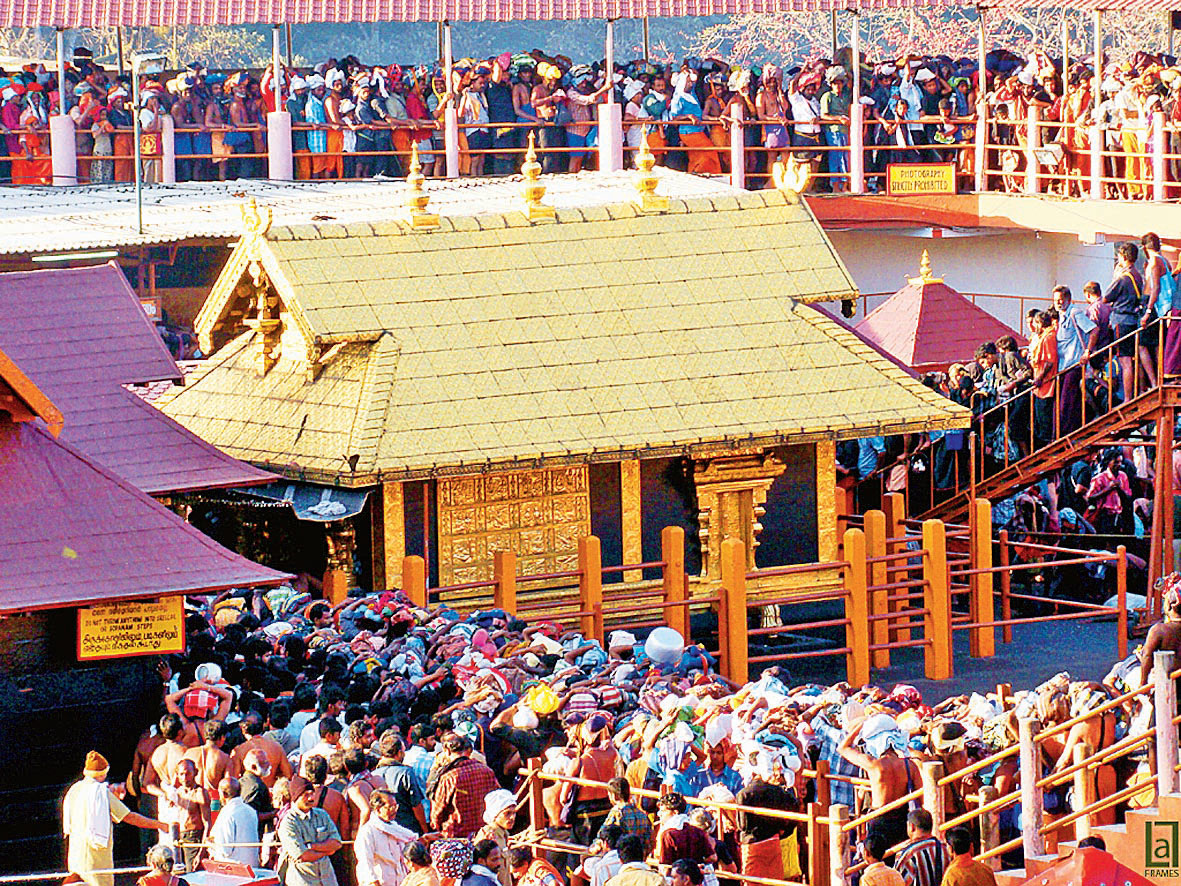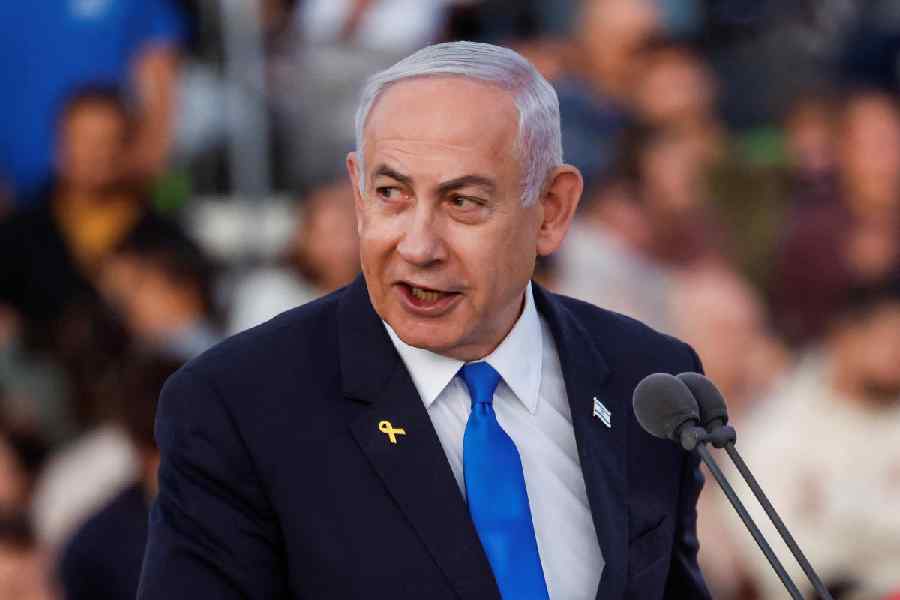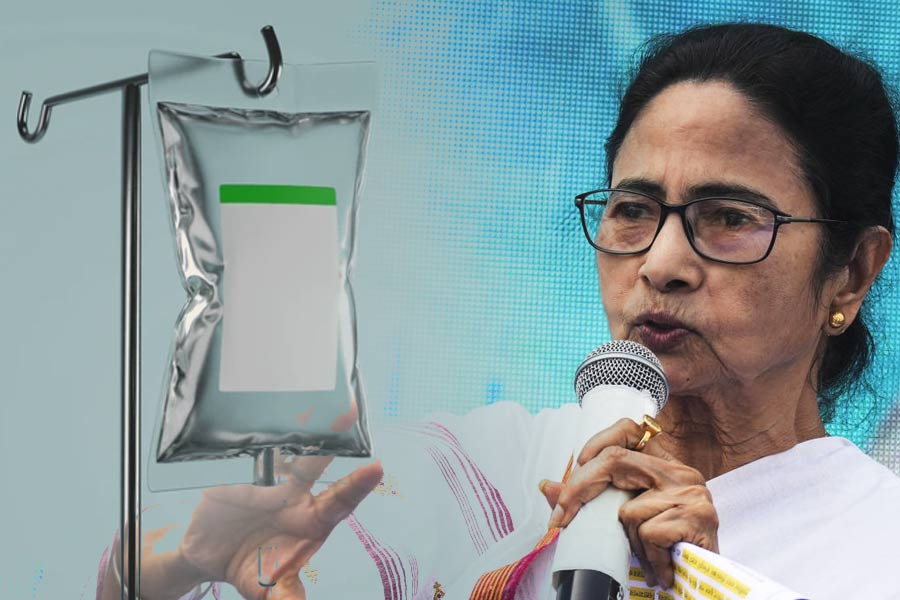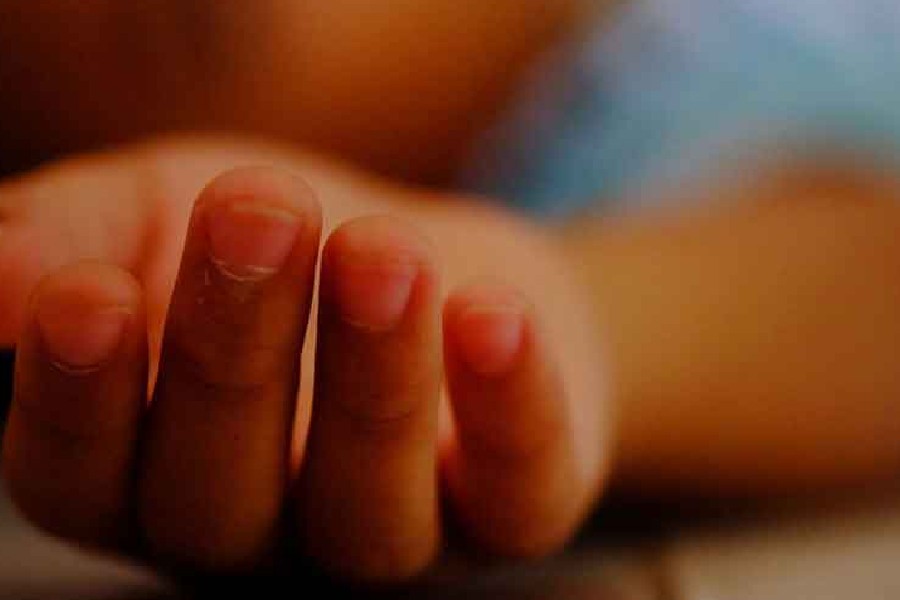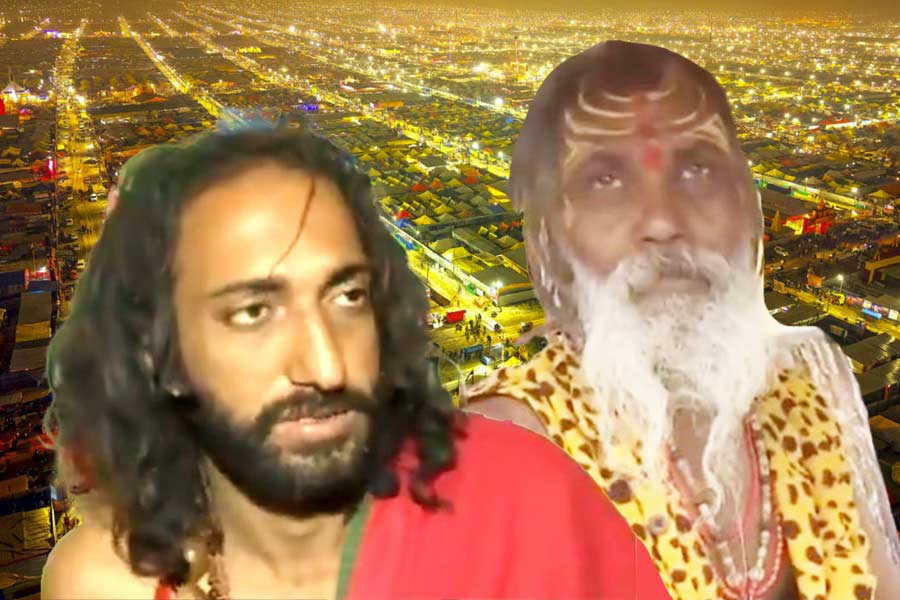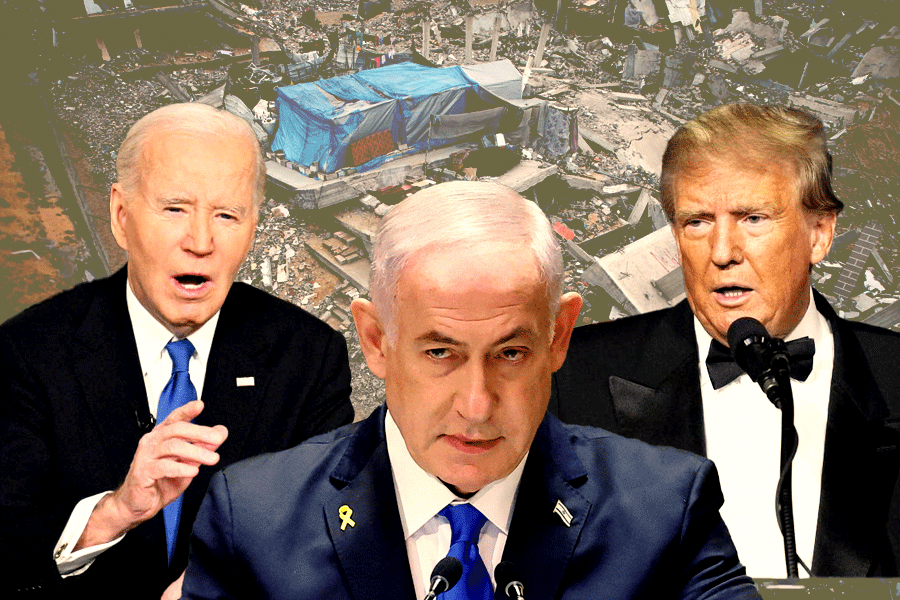A forest tribe that claims to have once managed the Sabarimala temple is gearing up for a legal battle to reclaim their right to run the Kerala shrine and revive rituals that Brahminical rites had replaced over a century ago.
Members of the Mala Araya community say the Pandalam royal family drove the tribe away from the temple’s vicinity sometime in 1902 and then handed over the shrine to Brahmin priests from the Thazhamon family brought from Andhra Pradesh.
The community, listed as a Scheduled Tribe, injected another topical point of debate into their claim: it says there was no bar on any class of people from entering the temple when the tribe controlled the shrine.
The claims come at a time the temple is in the middle of a raging row over the entry of women of childbearing age that the Supreme Court allowed in a recent verdict, scrapping a traditional ban.
P.K. Sajeev, founder general secretary of the Aikya Mala Araya Maha Sabha, said the community would move the high court soon. “As per our lawyers’ suggestion, we will be filing (a plea) at Kerala High Court in about 30 days.”
Sajeev, deputy registrar at Mahatma Gandhi University in Kottayam, has been busy studying his community’s links with the Lord Ayyappa temple on the Sabarimala hilltop in Pathanamthitta district. “I have done enough research to prove that the temple once belonged to our community and was taken away by the Pandalam palace after driving out our forefathers from the vicinity,” Sajeev told The Telegraph on Wednesday. The community, he said, has since been scattered, with about 30,000 members living in Kottayam, Idukki and Pathanamthitta.
A palace source said: “I am not aware of any such background to Sabarimala. So I cannot say anything about their plan to file a case.”
Sajeev insisted the Sabarimala temple was not the only one in ancient Kerala that Brahmins had appropriated. “The Sabarimala temple is among many ancient Kerala temples appropriated by the Brahmin priestly class with the help of the ruler of that time. Now that we are a sovereign nation with our own Constitution, it is only logical that we fight for our rights over these shrines.”
Asked about the top court’s September verdict, he said there was no ban on anyone entering the temple when his community ran it. The suggestion was the court-revoked ban on women between 10 and 50 was introduced later.
According to his findings, the temple’s presiding deity, Lord Ayyappa, was born to a Mala Araya couple, Kandan and Karuthamma, in a cave in Ponnamabalamedu near Sabarimala. “It was Ayyappa who fought invaders by uniting the tribal people who later worshipped him,” he said.
“Mala Araya” means “Emperor of Hills”, and the small community, he explained, had for long lived in the forests before being “forcibly evicted” from Sabarimala and the 17 hills around it. “The Pandalam royal family then handed over the temple to Brahmin priests from the Thazhamon family from Andhra Pradesh.”
Mala Araya priests, however, continued to enjoy the right to conduct the “thenabhikeshakam” — the ritual of bathing the idol with honey.
“Our forefathers performed this ritual at Sabarimala until 1950 when the Travancore Devaswom Board was formed,” Sajeev said, explaining how the temple authorities slowly sidelined the tribal people.
“I know the descendants of the Mala Araya family that lit the Makara Vilakku (lamp) for generations,” he said, alluding to the finale of a two-month-long pilgrimage that ends in mid-January. The lamp, made of a huge cauldron of camphor, burns for a few seconds from the summit of a hill near Sabarimala.
“We want to conduct our traditional rituals at Sabarimala and light the Makara Vilakku,” Sajeev said.
“Since we are citizens with all the rights enshrined in our Constitution, I am hopeful of a good end to the struggle.”

